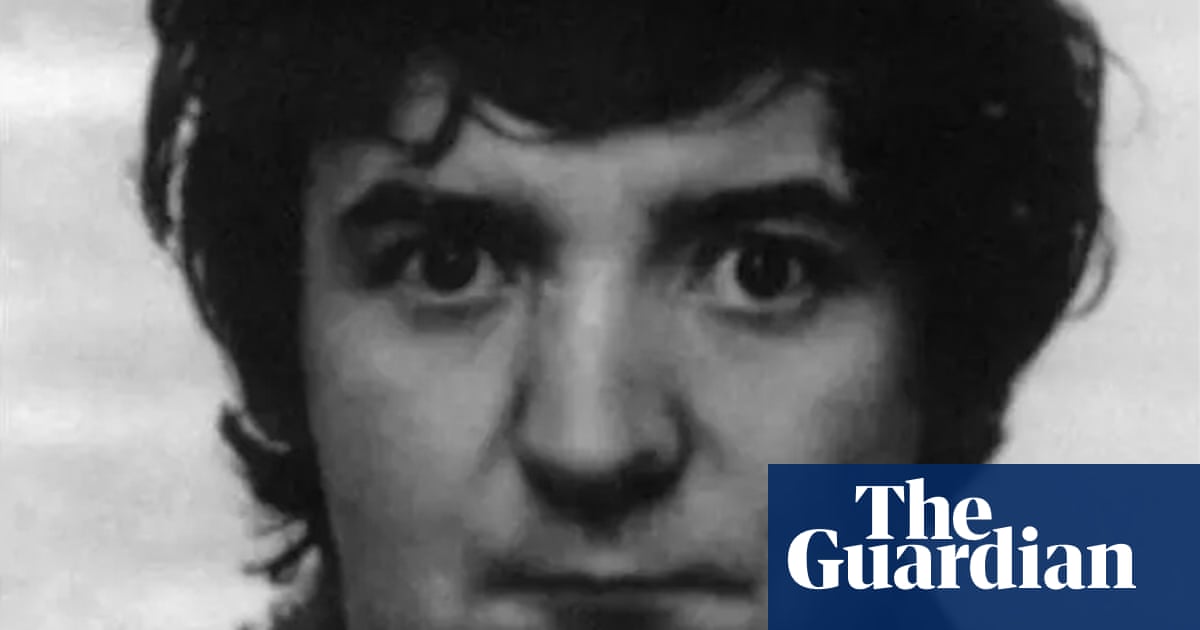A man who has spent 38 years in prison for the murder of a woman in 1986 has had his conviction quashed at the court of appeal.
Peter Sullivan, who was 30 when he was sentenced and is now 68, is believed to be the UK’s longest-serving victim of a miscarriage of justice after three senior judges quashed his conviction for the killing, 17 years after his first attempt to have it overturned.
Diane Sindall, a 21-year-old barmaid, was found dead in Bebington,Merseyside, in August 1986, with Sullivan arrested the following month and convicted in November 1987. He has remained behind bars despite being given a minimum term of 16 years.
He first tried to challenge his conviction in 2008, with the Criminal Cases Review Commission (CCRC) declining to refer the case to the court of appeal, before he lost his own appeal attempt in 2019.
He again asked the CCRC to refer his case in 2021, and the commission found that DNA samples taken from the scene did not match Sullivan.
At a hearing on Tuesday, lawyers for Sullivan told the court of appeal in London that the new evidence showed that Sindall’s killer “was not the defendant”.
Barristers for the Crown Prosecution Service told the court that there was “no credible basis on which the appeal can be opposed” related to the DNA evidence, as it was “sufficient fundamentally to cast doubt on the safety of the conviction”.
Lord Justice Holroyde, sitting with Mr Justice Goss and Mr Justice Bryan, quashed the conviction, stating they had “no doubt that it is both necessary and expedient in the interests of justice” to accept the new DNA evidence.
He said: “In the light of that evidence, it is impossible to regard the appellant’s conviction as safe.”
Sullivan, who attended the hearing via video link from HMP Wakefield, listened to the ruling with his head down and arms folded, and appeared to weep and put his hand to his mouth as his conviction was quashed.
A relative in court wept as the judgment was read out.
Speaking after the ruling, Merseyside police said vital DNA evidence had not been available during the original investigation into Sullivan and that officers were now “committed to doing everything” to find the person whose DNA was left at the scene where Sindall died.
DCS Karen Jaundrill said: “Our thoughts remain with the family and friends of Diane Sindall who continue to mourn her loss and will have to endure the implications of this new development so many years after her murder. We are committed to doing everything within our power to find whom the DNA, which was left at the scene, belongs to.
“Unfortunately, there is no match for the DNA identified on the national DNA database. We have enlisted specialist skills and expertise from the National Crime Agency, and with their support we are proactively trying to identify the person the DNA profile belongs to, and extensive and painstaking inquiries are under way.
“We can confirm that the DNA does not belong to any member of Diane’s family, nor Diane’s fiance at the time, and we believe it could be a vital piece of evidence linking the killer to the scene.
“Diane’s murder sent shock waves through Birkenhead when it happened and I would appeal to anyone who lived in the area at the time, and has any information which could help us with our inquiries, to come forward.
“We believe there are people who have information, or suspicions, about the murder of Diane in 1986 and I would appeal to those people to come forward, as the information they have could be key to finding who the DNA belongs to.”
